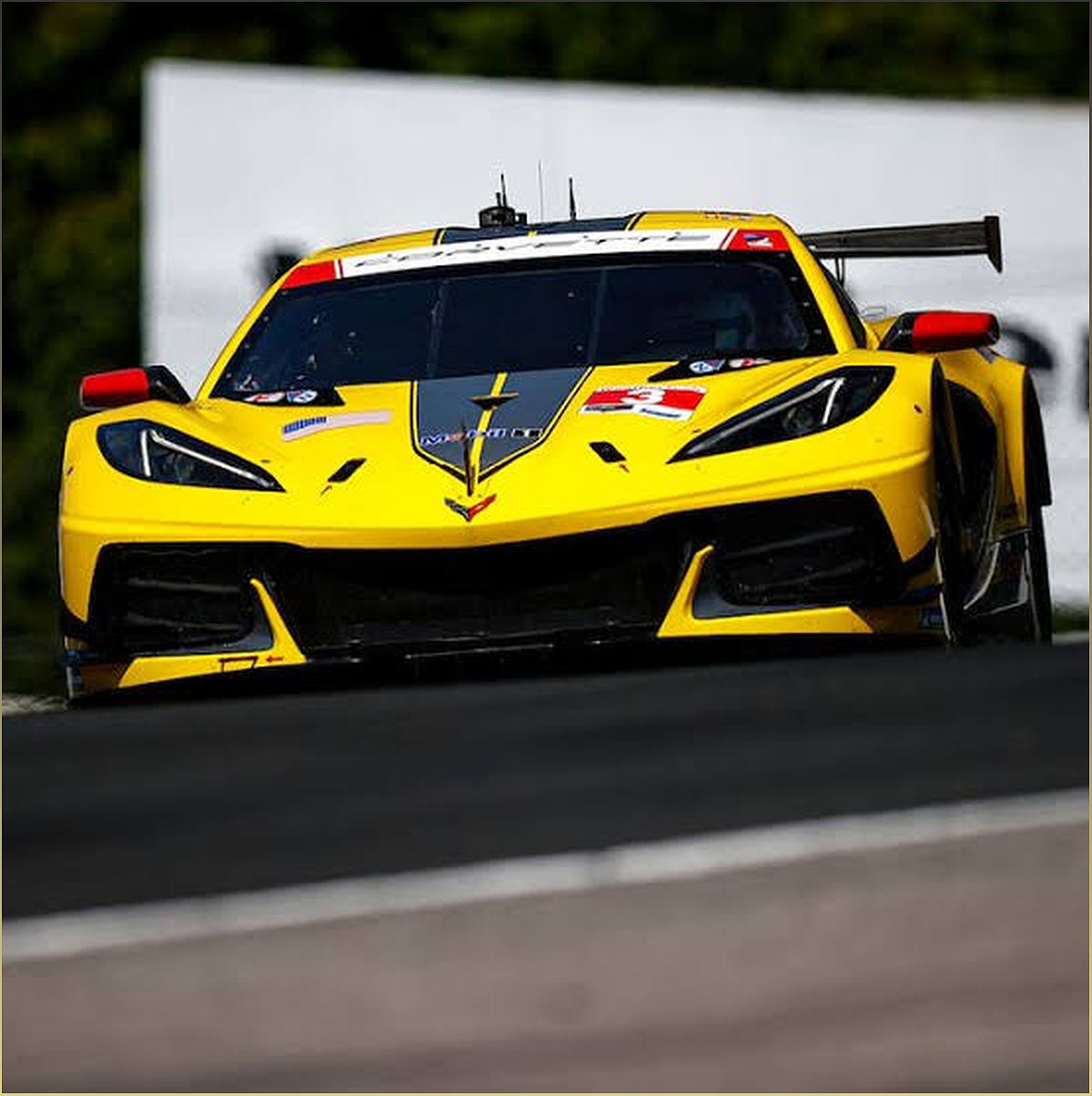In the world of sports car racing, Balance of Performance (BOP) is a necessary evil. Corvette Racing, led by a passionate and detail-oriented team, understands the complexities of BOP and embraces the challenges it presents. With their eyes set on the GTD Pro championship, they navigate the ever-changing landscape of weight adjustments and fuel capacity restrictions. Through strategic planning and continuous improvement, they aim to stay competitive and achieve their goals. Join us as we delve into the world of BOP and witness the determination of Corvette Racing in their pursuit of success.
Understanding Balance of Performance in Sports Car Racing
In the world of sports car racing, Balance of Performance (BOP) plays a crucial role in ensuring fair competition among teams. BOP involves adjusting various factors such as weight, fuel capacity, and engine power to level the playing field. This helps prevent any one team from gaining an unfair advantage over the others.
Corvette Racing, with their meticulous attention to detail and strategic planning, understands the complexities of BOP. They recognize that it is not just about finding an advantage and having it taken away. It requires a deep understanding of the car, the track, and the competition.
By embracing BOP and focusing on their own performance, Corvette Racing aims to stay competitive and achieve their goals in the GTD Pro class of the IMSA WeatherTech SportsCar Championship.
Navigating the Challenges of Balance of Performance
Navigating the challenges of Balance of Performance is no easy task. It requires constant analysis, strategic decision-making, and adaptability. Corvette Racing, led by their passionate and detail-oriented team, embraces these challenges and uses them as opportunities for growth.
Each race presents a chance to try something different and learn from the results. The team meticulously analyzes data, fine-tunes their strategies, and collaborates with drivers to optimize performance. They understand that success in sports car racing is not just about raw speed, but also about finding the perfect balance between performance and regulations.
By staying focused and continuously improving, Corvette Racing aims to overcome the challenges of BOP and maintain their position as a top contender in the GTD Pro class.
The Puzzle of Balance of Performance
Balance of Performance is like a puzzle that teams must solve to achieve success. It requires a deep understanding of the car's capabilities, the track conditions, and the competition. Corvette Racing approaches this puzzle with a combination of data analysis, technical expertise, and driver feedback.
Strategies and Adaptability
One of the key aspects of solving the BOP puzzle is developing effective strategies. Corvette Racing constantly evaluates their performance, identifies areas for improvement, and adjusts their approach accordingly. They understand that what works on one track may not work on another, so adaptability is crucial.
Continuous Learning and Improvement
Corvette Racing treats each race as a learning opportunity. They analyze the data gathered during practice sessions and races, looking for patterns and insights that can help them fine-tune their strategies. This commitment to continuous learning and improvement allows them to stay competitive and make the most of the BOP regulations.
Corvette Racing's Pursuit of Success
Corvette Racing's pursuit of success in the GTD Pro class is fueled by their passion and unwavering determination. They understand that success in sports car racing is not guaranteed and that it requires constant effort and improvement.
Despite the challenges posed by Balance of Performance, Corvette Racing remains focused on their goals. They build off their successes, learn from their mistakes, and continue to push the boundaries of performance.
As the season progresses, Corvette Racing aims to close the gap in the championship standings and secure a GTD Pro championship. Their dedication, combined with their understanding of the intricacies of BOP, makes them a formidable force on the track.

